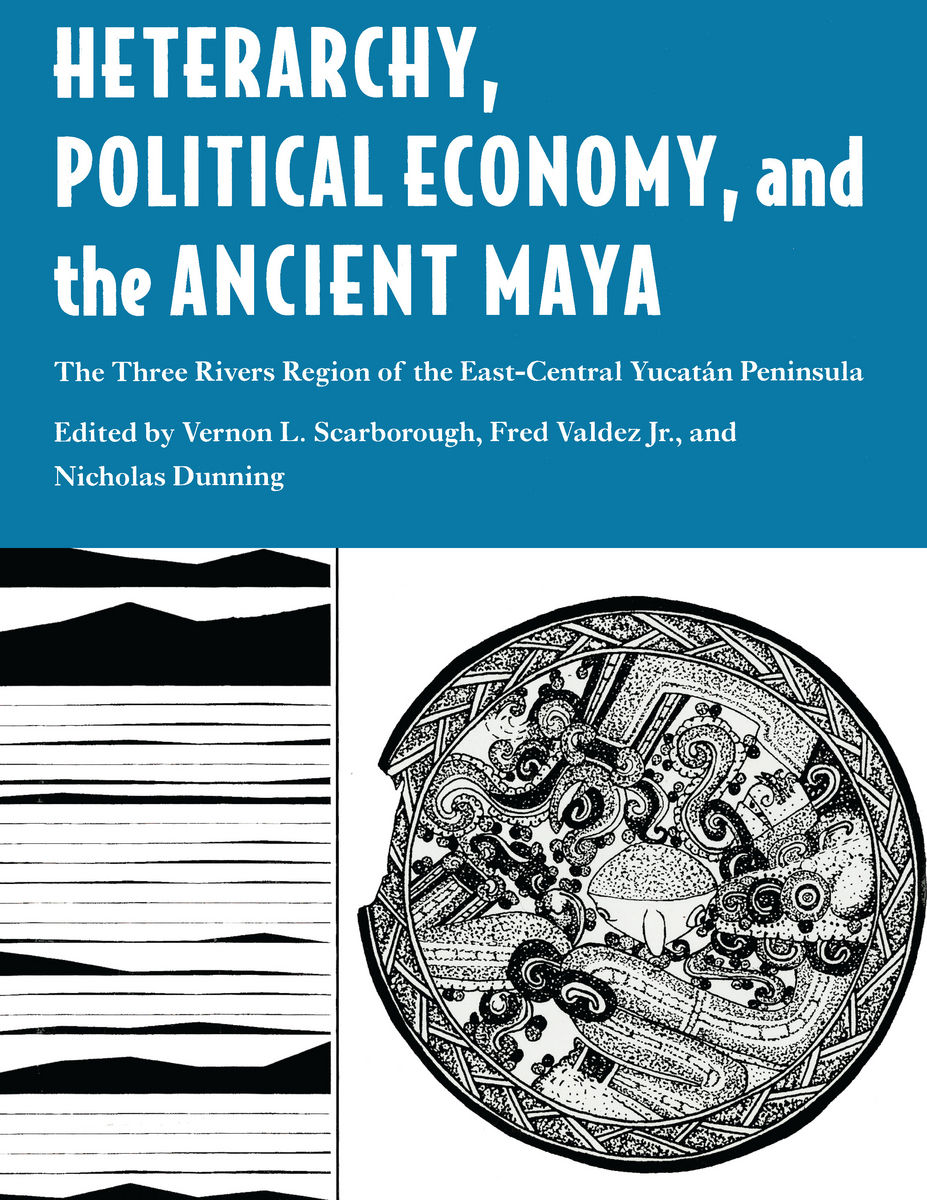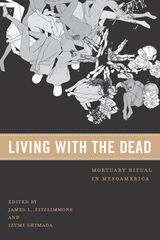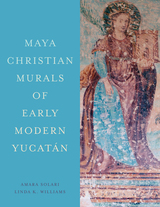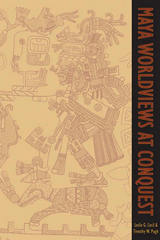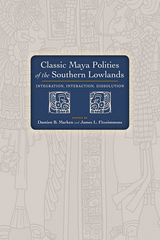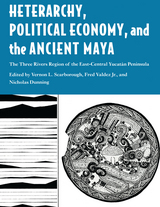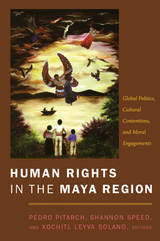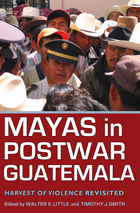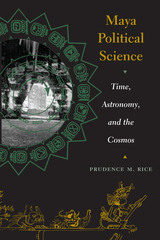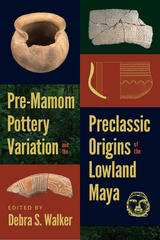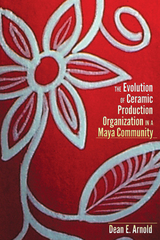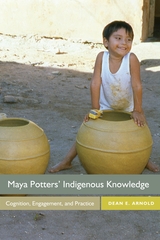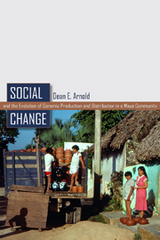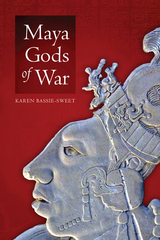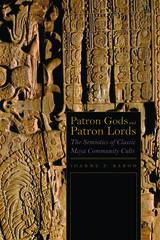Heterarchy, Political Economy, and the Ancient Maya: The Three Rivers Region of the East-Central Yucatán Peninsula
University of Arizona Press, 2003
Cloth: 978-0-8165-2273-6
Library of Congress Classification F1435.3.P7H48 2003
Dewey Decimal Classification 972.6016
Cloth: 978-0-8165-2273-6
Library of Congress Classification F1435.3.P7H48 2003
Dewey Decimal Classification 972.6016
ABOUT THIS BOOK | AUTHOR BIOGRAPHY | REVIEWS | TOC
ABOUT THIS BOOK
The ancient Maya of the southern Yucatán peninsula remain a mystery to many scholars attempting to explain early complex societies. Their dispersed settlement patterns and land-use techniques suggest a decentralized and less coordinated use of resources than is seen in other regions. Yet the Maya managed a complex political economy based on structured landscaping, and over several generations they significantly altered their environment. In recent years the Three Rivers region of Belize and Guatemala has been the site of some of the most intensive archaeological research in the Maya lowlands, providing a wealth of regional data. This volume brings together articles reporting on findings and interpretations of the Programme for Belize Archaeological Project that range over a 10- to 12-year period and that shed new light on how ecology, economy, and political order developed in the ancient past. The contributors explore the applicability of heterarchical models to the Three Rivers region, emphasizing the role of economic interdependency and political cooperation in the development of ancient Maya statecraft. As their findings reflect, this region appears to support a model of resource-specialized communities that affected the region's political and economic development and complexity from the Preclassic through the Late Classic periods. The articles explore the levels of interdependency among the large sites in the region and present a variety of data that emphasize both the engineered landscape and the complex agricultural signatures and ecological indicators left by the Maya. This geographic region captures in microcosm both ecological and cultural differences found in the greater Maya Lowlands. The heterarchical model presented here regarding resource-specialized communities and the interpretations of regional diversity in this area represent a breakthrough in research for the region and will prompt new debate in Maya studies.
See other books on: Ancient Maya | Mayas | Scarborough, Vernon L. | Valdez, Fred | Yucatán Peninsula
See other titles from University of Arizona Press
